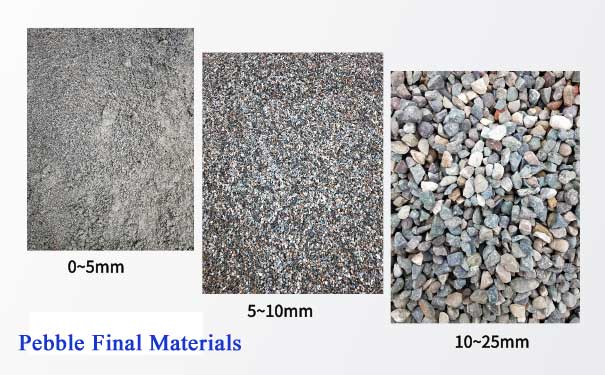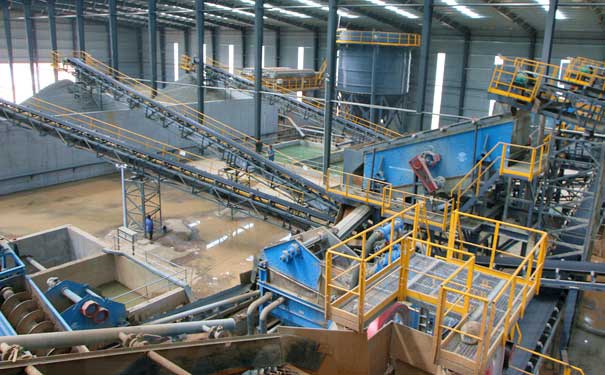12 stones represent 10-20mm single-grain crushed stone, 13 stones represent 16-31.5mm single-grain crushed stone. According to the particle size of stones 12 and 13, we know that the main difference between the two is the size. How about their use in the market? In fact, the sales of the two are on the same level. Why do you say that? Because with the development and implementation of various projects, the demand for stones continues to increase, especially for 12 and 13 stones. Which type of stone is used in the project is based on the standard or designed graduation requirements using several different single-grain grades. Crushed stone is configured into continuous gradation for use. If it is a small amount of concrete configuration, naturally small stones 12 stones are good, the slump will be good, and the fluidity will be high. If it is a large area and generous amount, such as the foundation irrigation of a cement silo, tens of squares at a time, 13 stones are relatively good.
The particle size of the 12.13 stones is different, so which equipment is better for processing? In fact, the crushing equipment selected for these two types of stones is the same, but in the screening stage, different sizes are screened according to different particle sizes. Cone crusher and impact crusher are machines that are often used to hit 12 or 13 stones on the market. What is the difference between impact crusher and cone crusher? How should we choose?
Cone crusher: When the cone crusher is working, the horizontal shaft of the crusher is driven by the motor through the V-belt and pulley. The horizontal shaft drives the eccentric sleeve to rotate through the large and small gears. The cone shaft of the crusher is eccentric under the action of the eccentric sleeve. The distance makes the swing movement, so that the surface of the broken wall is sometimes close to the surface of the fixed cone, and sometimes far away from the surface of the fixed cone, so that the stone is continuously squeezed, broken and impacted in the crushing cavity. According to the lamination theory, the material is subjected to multiple. The force of the direction is broken and polished according to its own texture to form stable stone particles, which fall from the swing gap of the broken wall that meets the discharge requirements, and the remaining materials continue to be broken until the requirements are met.
Impact crusher: Impact crusher uses impact energy to crush materials. When the impact crusher is working, driven by the motor, the rotor rotates at a high speed. When the material enters the impact area of the blower, it hits and breaks with the blower on the rotor, then is thrown to the counterattack device and broken again, and then rebounds from the counterattack liner. Re-crushing in the hammer action area, the process is repeated, the material enters the first, second, third, and counterattack chamber from large to small, and repeated crushing until the material is crushed to the required particle size and discharged from the discharge port. Adjusting the gap between the counterattack frame and the rotor can achieve the purpose of changing the size and shape of the material.
Secondly, we should be familiar with the difference between the materials applicable to the two types of crushers. The impact crusher is mainly suitable for hard and soft stones, such as pebbles, limestone, coal gangue, betonies, kaolin, etc. The cone crusher is mainly suitable for stones with medium hardness or above, such as granite, basalt, iron ore, aluminum ore, copper ore, etc.
In addition, we also need to know that both cone crushers and impact crushers are commonly used in secondary crushing equipment. The so-called secondary crushing means that one-stage crushing cannot be completed. For example, if the raw stone is too large, more than 100cm, our front end a jaw crusher is needed for coarse crushing, and then a cone crusher or impact crusher is used for medium and fine crushing. Of course, if the raw stone is less than 30cm, we can directly crush it with an impact crusher or cone crusher.





